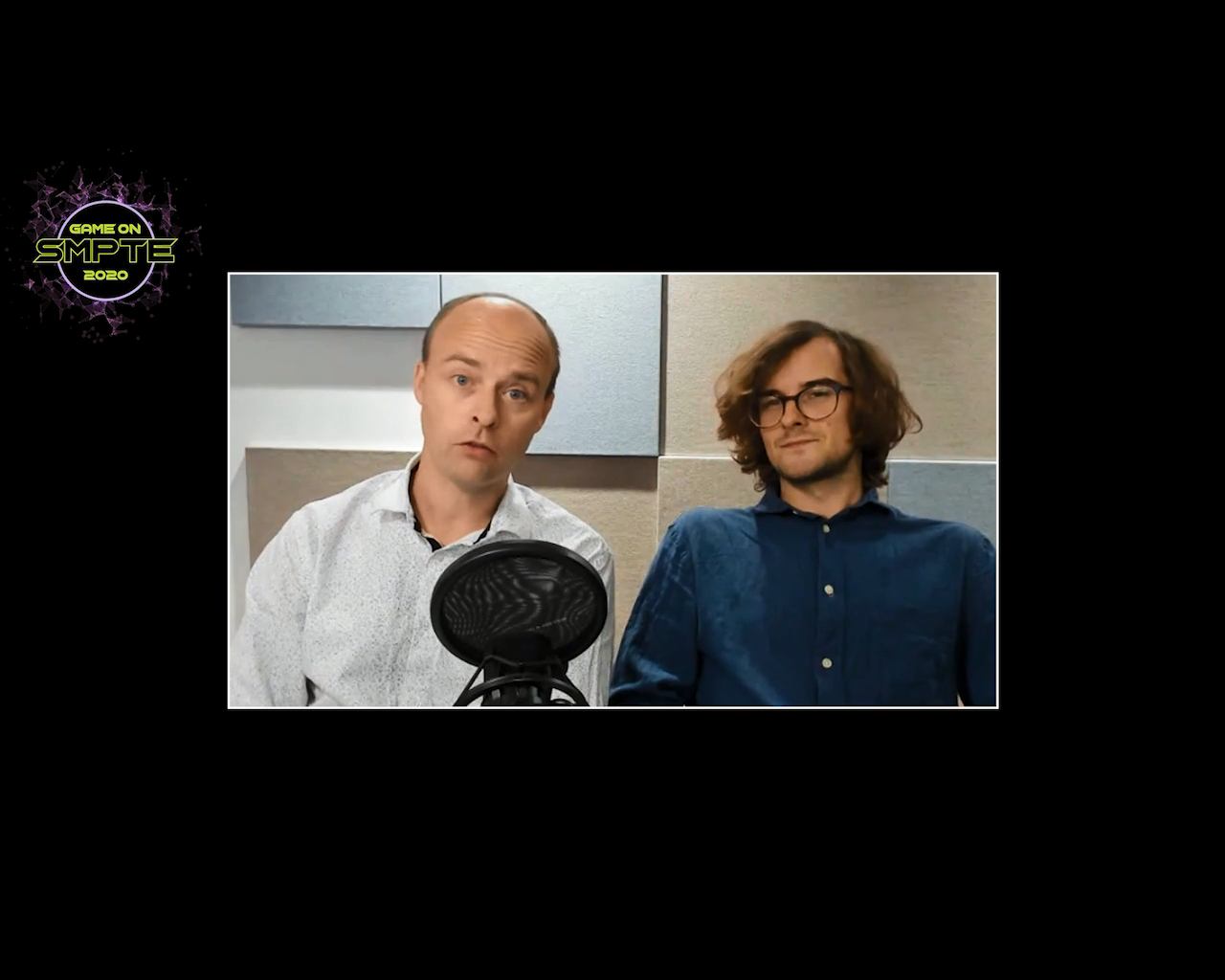SMPTE2020: Finding the ‘Middle Ground’ for Live Content Over OTT
Virtual session discusses a standards-based approach for multicasting

Streaming has simultaneously changed the landscape of broadcasting and how people watch video. Demand for streamed content increased dramatically during the COVID-19 crisis, which got developers thinking about the future of delivery. As Jason Thibeault of the Streaming Video Alliance wrote in Streaming Media magazine, "the pandemic has taught us that the internet is not going to break... but we need to be proactive rather than reactive to stay in front of the curve that is coming."
This curve—the shift to more live broadcasting on platforms such as YouTube—and what could accommodate it were addressed in last week’s SMPTE2020 virtual session, “Next Generation OTT Distribution Architecture Supporting Multicast ABR (adaptive bit rate), HTTP/3 with QUIC and TLS (transport layer security) 1.3.”
During the session, Allan Hammershøj, chief operating officer of streaming technology company mediathand, and Aleksander Nowak, junior site reliability engineer with software developer Dixa, looked at new technologies for delivering more efficient and stable streamed video.
LINEAR FOR LIVE
Nowak outlined that while time shifting worked well for “genre viewing” (drama, comedy, entertainment and documentaries), linear viewing is still the main way people watched news, live sport and big events. Part of the reason for this is that cellular continues to dominate available bandwidth, with the cost per viewer at the CDN (content delivery network) rising exponentially. There are also technical problems, such as protocol ossification and head of line blocking, resulting in broken packets.
The answer, Nowak and Hammershøj said, is to find "the middle ground" between unicast and broadcast—in other words, multicast. This, they stated, could be achieved by using the IETF (Internet Engineering Task Force) QUIC general-purpose transport layer network protocol. The standard supports low latency transport, is backwards compatible with HTTP/2 and can be used with QAuth open standard authorization and PKCE (Proof Key for Code Exchange) security.
To prove the concept, tests using QUIC with an IP bridge over satellite have been carried out in Denmark. ATSC 3.0/DVB-T2 signals were transmitted from CPH (Copenhagen TV) to the SES teleport in Luxembourg, to an Astra satellite at 19.2-degrees East. Signals were then received back at CPH's R&D department, where they could be played back on any device standard for OTT.
Nowak said that the technology "showed a lot of potential and was up and running." The intention is that by adding an adaptive IP layer to adaptive bitrate content, it will be possible to deliver something flexible enough for all platforms. The conclusion was that QUIC is "ideal" for content delivery on any IP network.
Get the TV Tech Newsletter
The professional video industry's #1 source for news, trends and product and tech information. Sign up below.
There are plans in the future to implement multicast at the cloud edge (5G), which would provide opportunities for both content providers and telecoms companies. This would involve hybrid ABR for hybrid delivery over any broadband and broadcast technologies, with a multicast gateway due to be ready by the first quarter of 2021.
